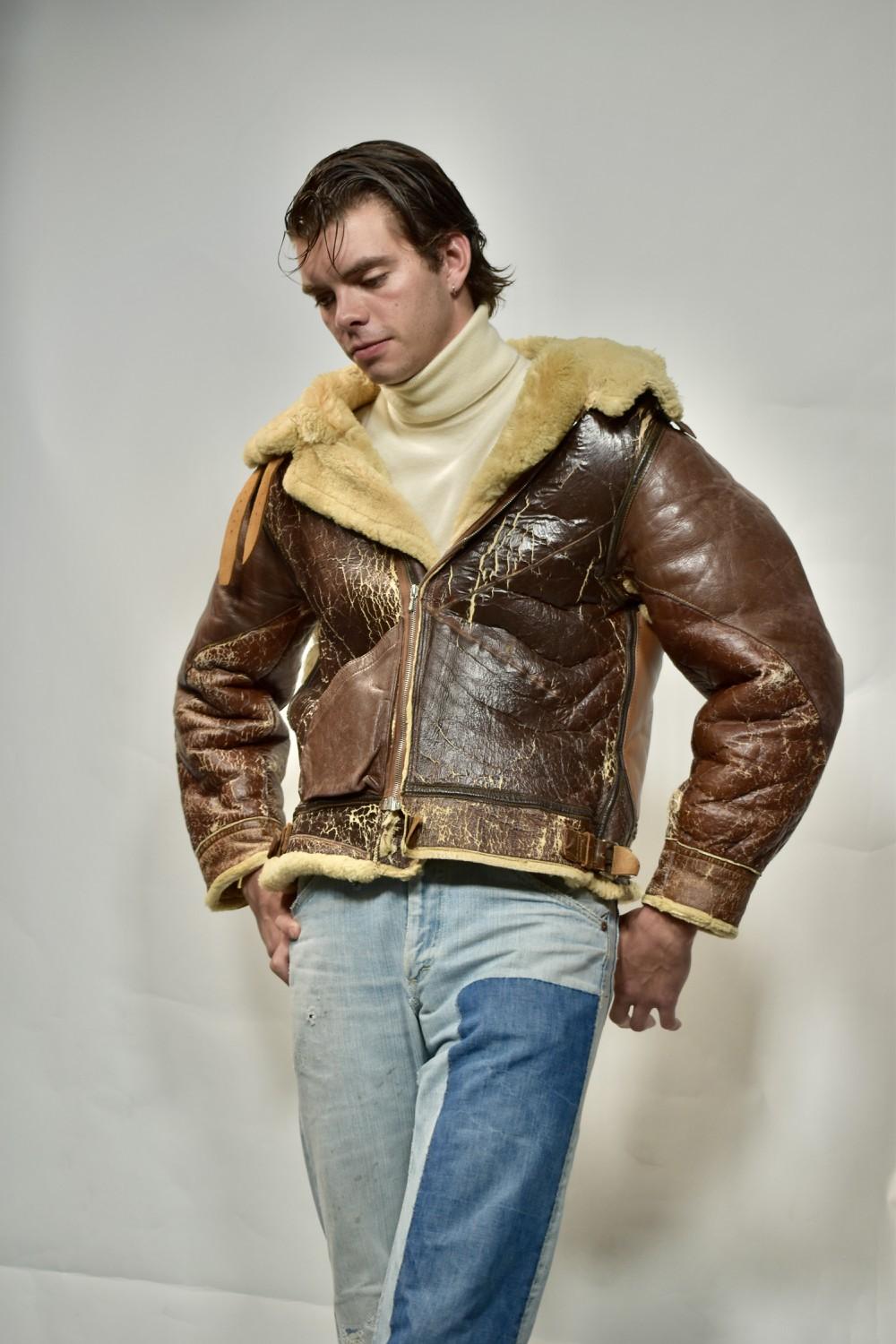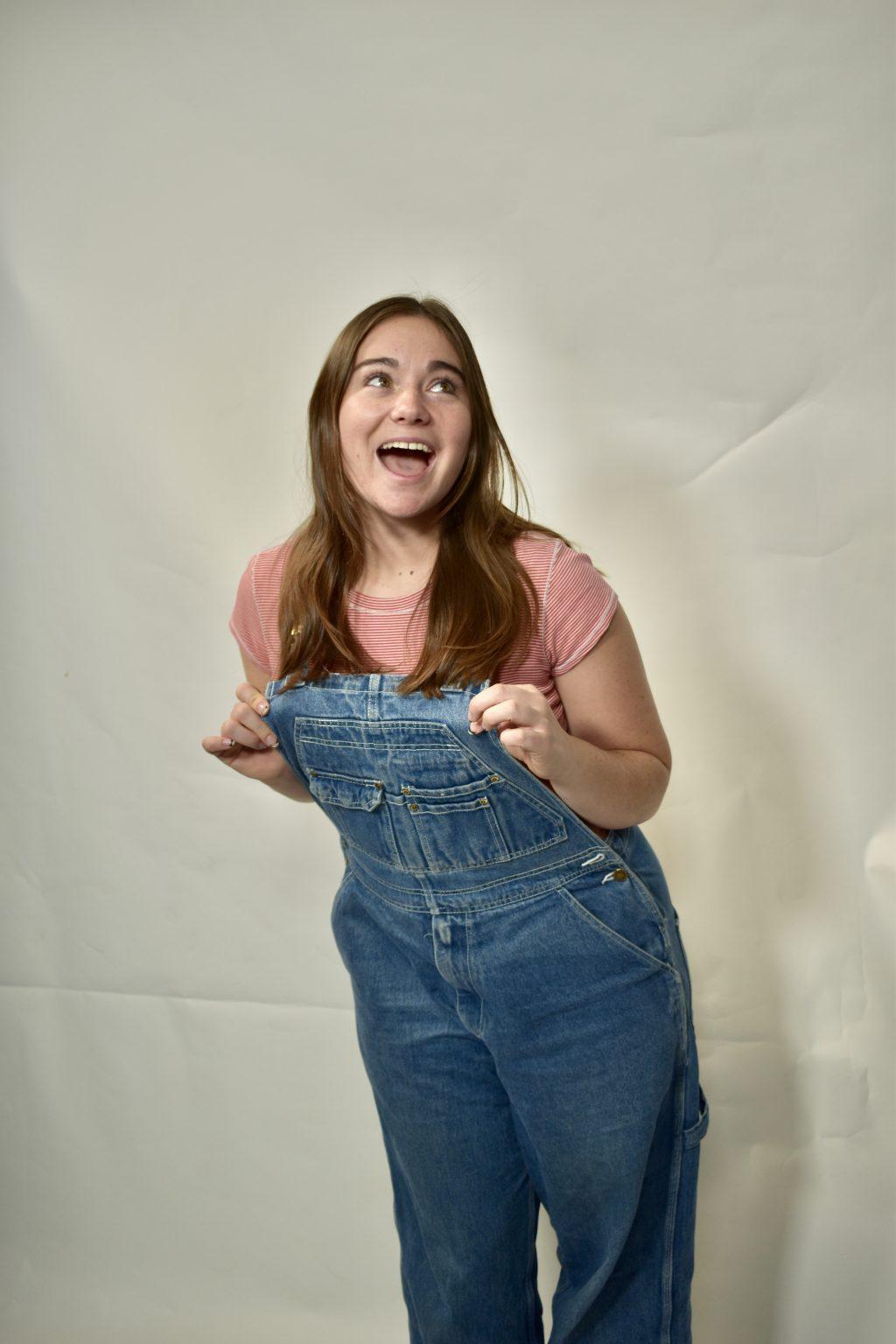In one hundred different somewheres, a teenage girl is gleefully rifling through a bag of her mother’s old clothing from the early 2000s. She ‘oohs’ and ‘aahs’ over intricately beaded dresses and perfectly worn-in sweatshirts emblazoned with sorority letters.
Finally, she pulls out a pair of denim overalls and picks them as her prize.
Later, when she wears the overalls out, someone compliments them.
“Thanks,” she says. “They’re vintage.”
Her mother can’t believe it. Vintage? The early 2000s were not that long ago, and she isn’t even 40 yet.
Despite the disbelief from Generation X and some older Millennials, clothing becomes vintage when it is anywhere between 20 and 100 years old, according to “Retail Marketing: Theory and Practice” by David Cook and David Walters.
The feeling of nostalgia plays a role in why vintage shoppers plunder the racks at thrift stores for ’90s denim and celebrity stylists frequently pull archival designer pieces for red-carpet appearances, according to Medium.
Whether the choice to shop vintage is for a love of the old or a desire for a unique personal style, Pepperdine students are curating closets full of pieces that someone once loved in another lifetime.
“These articles of clothing or garments have a story attached to them,” senior Ryan Rooke said. “They have seen hard times, good times. They have soul attached to them and a spirit within them, and they contain fragments of a lost time.”

Age Before Beauty
Junior Steven Cordova said vintage shopping is a way he can get much higher-quality clothing than what is produced today and personalize his style by finding one-of-a-kind items.
Growing up, Cordova said he noticed he disliked the clothing he was buying because he was shopping for the same items as his friends, although his taste was actually much different.
“I adopted this phrase when I was in high school, ‘Wear your clothes, don’t let your clothes wear you,’” Cordova said. “I wasn’t buying what felt true to me because I wanted to stay on trend. So, I would advise anyone looking to get started [shopping vintage] to block out the trends and overwhelming suggestions from others and just roll with your own flow.”
When it comes to fashion, taste denotes preference. Everyone has taste, everyone sees clothing and can differentiate if it is something they like or dislike. “Style” is how one uses their tastes to express themselves through clothing, according to the Cambridge Dictionary.
Cordova said while many modern pieces of clothing fit his tastes, they don’t always fit within his personal style.
“People need to evaluate their definitions of style and taste,” Cordova said. “Once one has a strong sense of each and the difference between the two, one can fall into an even deeper appreciation for the process of searching for vintage goods.”
Junior Anna Stephens said she shops vintage for better quality, unique style and to lessen the environmental impact of her shopping habits.
As a sustainability minor, Stephens said she prefers vintage over secondhand clothing, because she finds pieces that will last longer.
“Vintage clothing is much higher quality than secondhand clothing that comes from the last few years,” Stephens said. “Nowadays, people will buy fast fashion, and when pieces don’t last, they donate those fast fashion items to Goodwill, and they end up in thrift stores.”
Stephens said while she could buy those secondhand fast fashion items and try to give them a second life, she prefers to make a longer-term investment in vintage clothing.
“Although the prices are a little higher, you are paying for a quality that will last you a lifetime,” Stephens said.
For example, one of Cordova’s favorite vintage purchases is a T-shirt from Beyoncé’s “The Beyoncé Experience” tour to promote her B’Day album, released in 2006.
“My sister and I grew up listening to Beyoncé, especially in our early childhood, so now having a piece of that era as an adult is super dope,” he said.

Stephens said she purchased her all-time best vintage piece in Milan, Italy, while studying abroad in Pepperdine’s Florence program during Fall 2022.
While shopping in one of the world’s fashion capitals, Stephens said she found a gorgeous black velvet dress from the ’90s that immediately caught her eye.
“I tried it on, and it fit like a glove, so I decided I would wear it to our end-of-the-semester final gala,” she said. “It was really fun to wear a vintage Italian dress to our final gala in Florence, and that is what made it so special.”
Finding a Needle in a Haystack
Stephens and Cordova both said they have more success finding vintage pieces at stores that curate their clothing selections — Stephens specifically mentioned “Love at Second Sight” in Westlake Village. But senior Sofia Thure said she finds her best pieces at secondhand shops like Goodwill and The Salvation Army.
“I tend to look toward color when I first walk into a thrift store,” Thure said.
She said after color, she searches for quality materials and finds labels in the clothing that help communicate to her the durability of a garment — if it is 100% cotton, for example, or made of linen or satin.
Before choosing a piece of clothing to purchase, Thure said she thinks of the functionality of an item. While it may fit her tastes, she said, she likes to stop and think about whether she will be able to style it with her existing clothes and get multiple wears out of the garment.
While it takes more of Thure’s time and effort to find true vintage clothing at thrift stores, she said it is worth it for her to “block out her whole day and spend time going through every single piece on every single rack to find the gem.”
Junior Angelina Arevalos said she often mixes up the terms ‘vintage shopping’ and ‘thrift shopping,’ but she differentiates them by how the clothes end up on the racks.
“When I think of vintage shopping, I think of more high-end pieces that were hand-picked by the retailer, while thrift shopping is more donation-based shops that just accept clothes,” Arevalos said.
She said she often finds great garments that fit the parameters of a “vintage piece” at second-hand shops. She also searches flea markets to source vintage clothing.
“I do get my best finds from flea markets, and they are super reasonably priced,” Arevalos said.
Curated vintage stores “know their worth” and sell high-quality vintage items at higher prices, Arevalos said, whereas a seller at a flea market will often price it much lower — at whatever the seller believes it to be worth.
Her favorite vintage find from a flea market comes from a brand called Avant Garde. Arevalos said she only paid $10 for the burgundy leather jacket, which cinches at the waist with a belt.
A similar jacket from the same brand is currently for sale on Poshmark for $55.
“I started having to [go thrifting] because my family didn’t have a lot of money to buy clothes,” Arevalos said. “My mom would always be like, ‘I’ll get 10 beautiful dresses for the price of half of one dress from Macy’s.’”
Arevalos said curating a vintage closet has helped her appreciate the way that fashion has evolved. For example, many of her favorite vintage garments are silky lingerie camisoles and dresses — once considered sleepwear — which Arevalos styles to go out.
“I get a lot of hand-me-downs from my mom and my grandma,” she said. “My grandma is so respectful of what I wear, but she’ll give me her hand-me-down slip dresses and be like, ‘Here is my pajama that you want to wear out.’”
Some of Thure’s favorite finds include a pair of thick, durable, perfectly baggy overalls she found at Iguana Vintage Clothing on Ventura Boulevard, a “groovy” black, red and yellow halter top from the ‘70s and a black vest covered in colorful embroidery.
Thure said she believes anything currently trending can be found at thrift and vintage stores. Some of the current items on her list are parachute pants and bolero sweaters — popular in the ‘90s.
Wearing pieces that nobody else has is Thure’s main motivator for shopping vintage, she said.
“The individuality aspect of shopping vintage is what is so appealing to me about it, because you are shopping for pieces that are one of a kind,” Thure said. “So I think a lot of the pieces that I do thrift are pieces that no one else has, so they are personal to me and may not be as popular or as trendy.”
___________________
Follow Currents Magazine on Twitter: @PeppCurrents and Instagram: @currentsmagazine
Contact Marley Penagos by email: marley.penagos@pepperdine.edu

